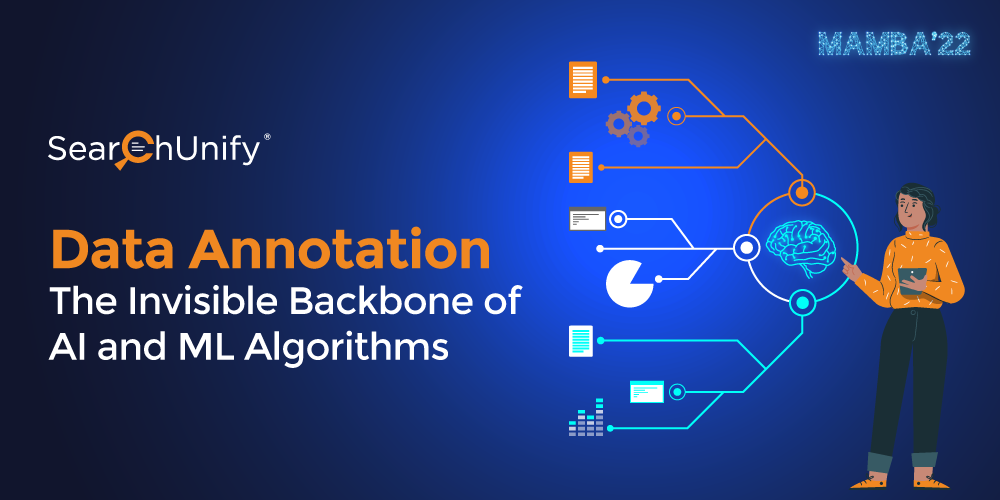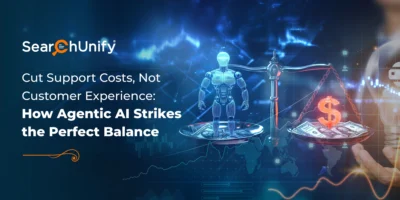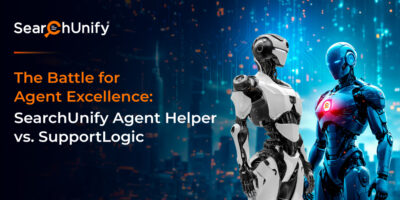
The moment you wake up in the morning, your brain gets surrounded by blazing threads of AI and ML algorithms – forecasting the weather, categorizing emails, getting driving directions, setting prices in a taxi-hire service, or playing the next song in the streaming queue. The list goes on.
While we’ve witnessed the AI sun, we are yet to see how an array of such unseen algorithms truly shines. Well, let me give you the un soupçon aka the hint – Data Annotation!
If you’re not familiar with the concept or don’t know what it is, you’ve landed at the right place. In this blog post, we’ll spell out all you need to know about data annotation and how it is the invisible backbone of AI and ML technologies. So, what are we waiting for? Let’s dig in!
First Things First: What is Data Annotation and Why It Matters?
By 2025, 463 exabytes of data will be created each day globally – that is the equivalent of 212,765,957 DVDs per day!
Color me amazed, huh? What if I tell you there is more to it. About 80% of this data will be unstructured, leaving the structured data with 20% or less. Imagine how long humans will take to clean and annotate data, let alone analyze it?
I know it’s a big bolt out of the blue, but turning your head away won’t solve this problem. This is where saviors like data annotation come into play. In simple words, data annotation is the process of categorizing and labeling data so that AI and ML models can understand it. The data can be in any format such as text, video, images, and so on.
This suggests that the higher the quality of annotated data, the better your AI and ML algorithms perform. No wonder McKinsey opines that data annotation is one of the most challenging limitations to AI adoption in the industry.
An Example to Illustrate Further
Imagine there is an email interaction between a sales rep and a prospect. Just like a human, annotated data will allow AI to identify contextual elements such as the sales rep’s name, the prospect’s name, and whether the sale is successful or not. Please note that this is an example of basic annotation.
For advanced annotation, the algorithms are further trained to identify the solutions that led to customer acquisition. This allows ML models to get into the weeds like how the prospect first became a lead, how that lead was sourced, how it was nurtured before the sales team made contact, and so on.
This way, well-annotated data makes it easy and accurate for AI to read between the lines, understand context, and predict accordingly.
How Cognitive Technology Is Taking Giant Strides Forward with Data Annotation
Data annotation tools market surpassed USD 1 billion in 2021 and is predicted to hit USD 10 billion by 2028.
A report suggests that for every 1x dollar spent on third-party data labeling or annotating, 5x dollars are spent on internal data labeling efforts. Organizations bear such heavy costs of hiring data scientists and ML engineers for manually annotating oceans of data.
That is where cognitive technology can turn the tables. It can categorize and label all the data to kick off the ML development process. Once the ML algorithm gets trained, it can find similar patterns, detect problems, and suggest relevant solutions. This allows your data scientists to specialize in complex use cases – leading to lower costs and better scalability.
Some cognitive platforms take data annotation to a whole new level by leveraging it for personalization, accuracy, and efficiency. Let’s find out how.
According to Gartner, 70% of customer interactions will involve emerging technologies such as machine learning (ML) applications, chatbots, and mobile messaging.
First, conversational AI or chatbot. There is no shred of doubt that a chatbot is only as smart as the technology behind it. A subpar technology leads to inaccuracy and subsequently poor CX. This is why it is imperative to deploy intelligent chatbots powered by accurately annotated data that can open previously-closed doors, leading to a wealth of untapped expertise.
Cognitive chatbots can undertake a lion’s share of tasks – be it human-like conversations, robust reporting engines, seamless hand-offs, and many more. But their biggest advantage is predicting future needs based on the user’s history and engagement patterns. This way, they can open the door to terrific upselling or cross-selling opportunities.
Second, intelligent search. Annotating data allows ML algorithms to comb through a cornucopia of data and find specific information. This further allows cutting-edge cognitive platforms to perform annotation with ML-generated metadata fields to address any taxonomy problems, which may crop up due to inconsistent tagging.
The Road Ahead
Annotated data is the lifeblood of AI and ML algorithms. However, it is also one of the biggest challenges that enterprises face today. Subsequently, CX leaders are seeking to jump on the cognitive tech bandwagon. While the light at the end of the tunnel seems within reach, only the right vendor can fulfill the promise of high-quality data annotating tools and processes.
Transcending Boundaries with SearchUnify’s New Updates!
This post is just the tip of the iceberg. SearchUnify & AI are enjoying breakthrough progress in transforming the support outcomes. There’s a lot of exciting stuff coming up for cognitive tech enthusiasts in our next release – Mamba ’22. Stay tuned!
Also, if you’re pondering to ride the crest and want to experience the real AI live in action, feel free to book your personalized demo today!











